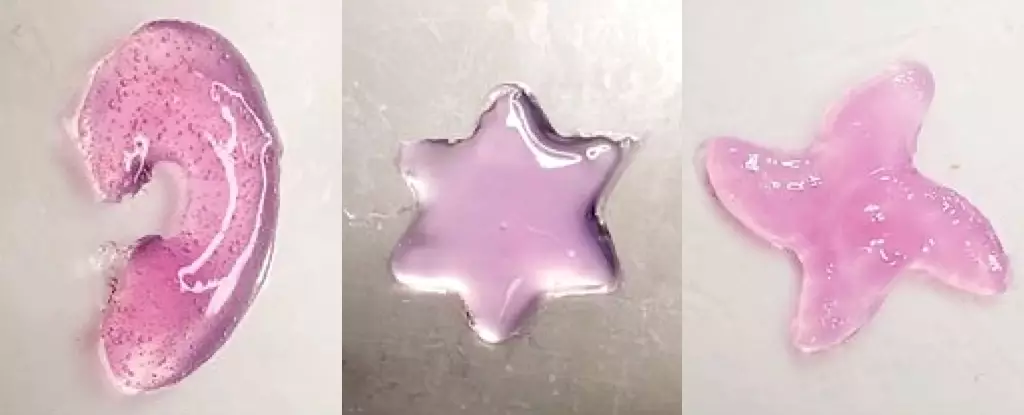In an astonishing breakthrough, scientists at the California Institute of Technology have unveiled a novel method that uses ultrasound technology for in-situ 3D printing within the human body. This groundbreaking approach—dubbed Deep Tissue In Vivo Sound Printing (DISP)—opens the door to a myriad of applications including targeted drug delivery and tissue repair that may change how we approach medical interventions.
The DISP technique represents a significant departure from traditional methods of delivering treatments, as it allows for the precise creation of tailored materials directly inside the body. This innovation holds the promise of revolutionizing care for conditions like cancer and injuries, offering localized solutions without the need for invasive surgical procedures.
How DISP Works: A Technical Marvel
At the heart of DISP is a meticulously engineered bioink composed of polymer chains and crosslinking agents—essential components that amalgamate to form hydrogels. What makes this process truly remarkable is the controlled release mechanism of the crosslinking agents, which are encapsulated in lipid-based nanocarriers known as liposomes. These liposomes are engineered to respond to harmless ultrasound energy, which triggers them to release their contents when exposed to a specific thermal threshold slightly above body temperature.
Once freed, the crosslinking agents react to create a hydrogel within the tissue, effectively allowing for the structure to be “printed” in real-time. Unlike infrared techniques, which remain restricted to surface-level applications, this innovative ultrasound methodology permits deep tissue engagement, reaching vital organs and muscle layers—potentially transforming therapeutic approaches to complex health issues.
Applications: Beyond Imagination
The applications of DISP extend far beyond merely delivering medications. Initial findings indicate its effectiveness in reproducing complex shapes and structures, such as stars or teardrops inside the body, which can facilitate material grafting or scaffolding for tissue regeneration. Not just an academic exercise, lab trials have demonstrated that this method can replace or regenerate damaged tissues, showcasing its potential to deal with traumatic injuries more effectively.
Moreover, the ability to print bioinks infused with therapeutic agents holds immense implications for oncology. In research involving bladder cancer, the team utilized DISP to deliver doxorubicin—a chemotherapy drug—through a tailored hydrogel matrix. This innovative approach resulted in a gradual release of the drug, leading to a significant increase in cancer cell apoptosis compared to conventional methods of administration. The integration of advanced biomaterials into the bioink is a game-changer in customizing treatments to patient needs, heralding the dawn of personalized medicine.
The Safety Profile: A Promising Outlook
One of the pressing concerns in developing new biomedical technologies is ensuring safety and biocompatibility. In early animal trials, researchers observed no toxic reactions from the hydrogel, and any residual bioink was naturally eliminated from the body within a week, further supporting the method’s viability as a safe medical solution. This elder sense of reassurance lays a vital foundation for broadening the research to human trials in the future.
In addition, the research team has ventured into crafting conductive bioinks by incorporating nanomaterials like carbon nanotubes and silver nanowires. These materials could pave the way for implantable sensors capable of monitoring electrical signals from the heart or muscle tissues, representing yet another frontier in the interface of technology and biology.
The Road Ahead: Challenges and Prospects
Despite the excitement surrounding DISP, transitioning from animal models to human applications presents its own set of challenges. Ethical considerations, potential regulatory hurdles, and the intricacies of human physiology are all factors that will need careful navigation. However, the researchers remain optimistic. With plans to conduct further tests in larger animal models, there exist pathways to trial DISP in humans in the not-so-distant future.
The prospect of healing through in-situ 3D printing is tantalizing; it signifies a paradigm shift in treating ailments that once required extensive surgical interventions. As we stand on the precipice of this medical revolution, DISP serves as a compelling reminder that the intersection of technology and health care can lead to extraordinary advancements—an innovation that may redefine how we understand and interact with human biology.

